Calendar 2024 delivered record sales of electric vehicles – more than 90,000 and a host of new model options for consumers.
Calendar 2025, despite a poor start, is expected to deliver even more models, and a further boost in sales as major manufacturers seek to meet their targets under the federal government’s new vehicle emissions standards.
Here is a summary of the most eye-catching of the new models we can expect to see.
Tesla Model Q
Tesla was the best-selling EV brand on the market in 2024, despite a 17 per cent slump, and remains so despite a further fall in January this year. With the leading branding recently refreshing its Model Y, it’s sure to create a buzz in 2025, but not enough to help it grow its sales in our market.
That’s where it’s expected to see a major boost in sales with the launch of its upcoming more affordable model, some call the Model Q.
At this stage, it’s unclear what this model may look like, but as recently as last week, the company confirmed on an earnings call that this model is still on track to be released by mid-2025.
I present to you:
Tesla Q – The short one. 🤏
A smaller Tesla made for large cities and urban traffic, starting at $24,990. Available as a hatchback and a sedan. 😎
What do you think? 🙂↔️ pic.twitter.com/OiMApaY05z
— Dominic BRNKMN (@DominicBRNKMN) December 11, 2024
Given Tesla’s recent model launches, it’s likely that production will begin at GigaShanghai factor, which supplies cars to Australia, hence making our market one of the first to have this model available – unlike other models where Australia has had to go to the back of the queue.
Pricing of this model is expected to be under $50,000 but the lower that number is, the more Tesla is likely to sell.
In the meantime, there are discounted Tesla Model Ys on offer as the local branch gears up to regain its sales lead in 2025.
Zeekr 7X
Zeekr launched in Australia in the second half of 2024 with the compact electric premium SUV called the X. It followed that up with a luxury people mover, the 009, before the year’s end. Its next Australian-bound model, the 7x, will be a very special one, thanks to the combination of luxury and technology it will add to the local market.
The Zeekr 7X offers a fast-charging time of under 10 minutes, thanks to a 75 kWh Golden brick Lithium Iron Phosphate (LFP) battery that has been developed by the company’s engineers in-house. That battery is available on the base single-motor variant while a larger 100 kWh battery pack is offered on the top-trims.
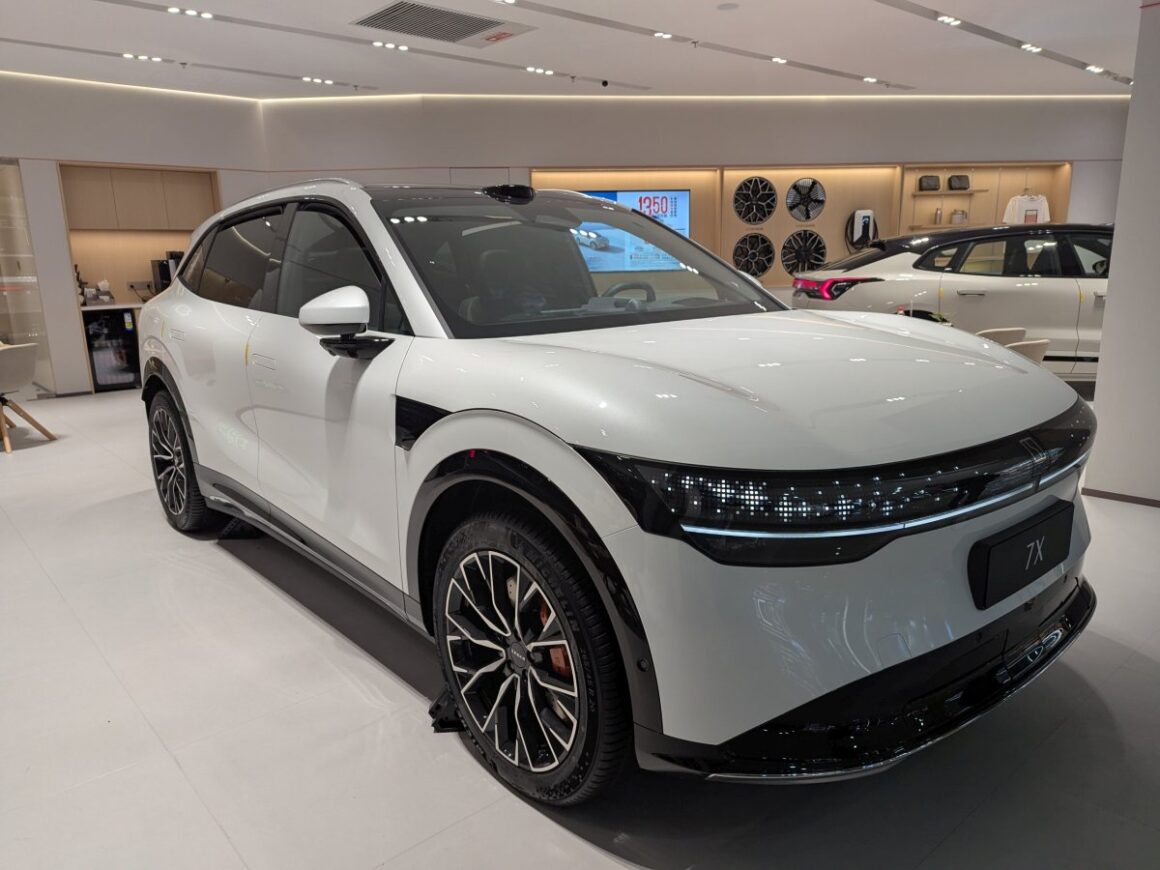
Speaking of the top trims of this 4.8 metre-long electric SUV, it has multiple luxury features such as an aeroplane-styled tray table for rear passengers as well as a tablet embedded into the tray table assembly for rear passenger assembly.
On top of that, the end seats offer massage, heating and cooling with lots of legroom up front and at the rear which is ideal for city driving or long road trips.
Pricing of the Zeekr X is not confirmed but we expect it to start at under $80,000, placing it above the current Zeekr X and below the 009 luxury people mover.
With Zeekr brand awareness increasing, it’s expected that we will see more models to follow after the 7X. In the meantime, it’s definitely one worth keeping a close eye on with an expected launch in the second half of 2025.
Xpeng X9
Xpeng, one of the newest EV brands to land in Australia has officially launched in our market officially launched in December with the G6 electric SUV. One model also on show at the launch event was the Xpeng X9, a premium 7-seater people mover that is likely to turn heads.
Having seen it in person, it does have unique styling features that could appeal to those considering a large 7-seater SUV.
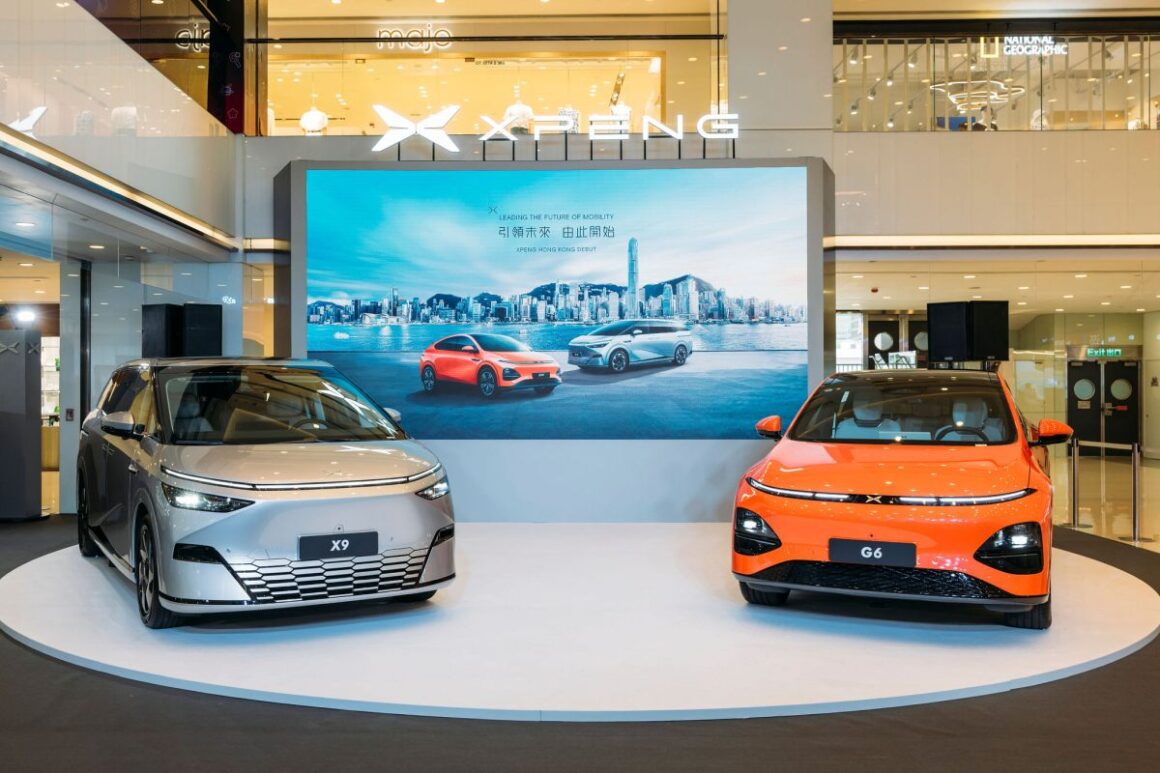
Some of these features include seats in the second row, which can recline for a comfortable ride while providing plenty of entertainment for the kids, thanks to a large 21.4-inch screen with a remote control.
Although the exact timing and details of the variants haven’t been released, there is a good chance that we will be seeing it in Australia in 2025.
When it comes to pricing, it’s likely to start at under $100,000, making it an interesting offering for individuals and businesses looking at reducing their transport emissions.
Geely EX5
Geely is a new brand to Australia and are yet to oficially launch its first model in Australia, the EX5 electric SUV. Having said that, globally it sold over 2 million cars in 2024.
In February, Geely opened its pre-orders for the EX5, offering two variants of its first locally delivered model. Although no pricing is confirmed, it’s expected to be in the $45,000-$50,000 range.
The two variants of the model share a 60 kWh battery pack delivering up to 430 km WLTP range. This pack can be charged from 30-80% in 20 minutes.
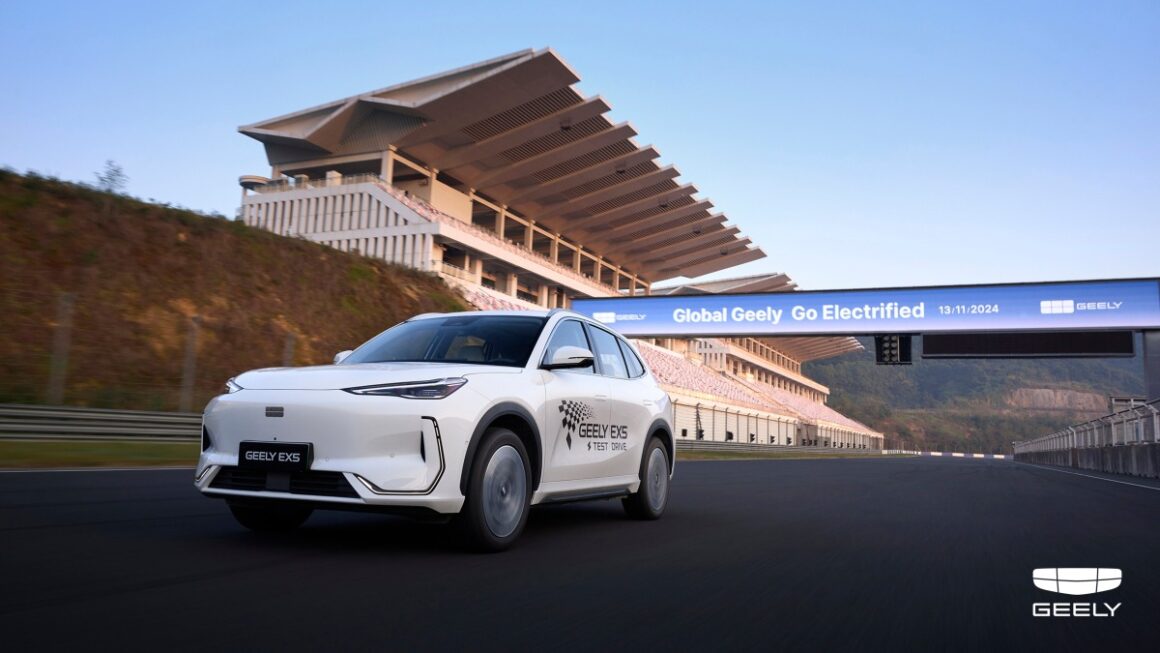
The EX5 uses lithium-iron-phosphate (LFP) cells in its battery pack with short blade batteries that offer higher energy density compared to standard LFP battery packs.
With features like heated seats, reclining seat function and a soft-touch instrument panel available across both variants of the EX5, it’s an indication that Geely is really going for offering comfort to drivers and travelling passengers.
Having experienced the EX5 on a recent trip in China, the rear seats are quite a comfortable space to be in, with plenty of legroom. The first customer deliveries of the EX5 are likely to be in the first half of this year.
BYD Sealion 7
BYD is one of the fastest-growing car brands in Australia with multiple EV models which include the BYD Atto 3, Dolphin and the Seal. In recent months, the brand has been testing a mid-sized electric SUV to join its lineup and that’s the sleek Sealion 7 which is set to launch this month.
This model will offer space for families, a plushy interior and same technological features seen in BYD’s other models. With all these, the company’s distributor believes that this model will be their best-seller electric offering in 2025.
From previous government approval documentation, the AWD variant comes with 390 kW of power thanks to a 230 kW rear motor and a 160 kW front motor. This variant also has a towing capacity of 1,500 kg for those considering towing.
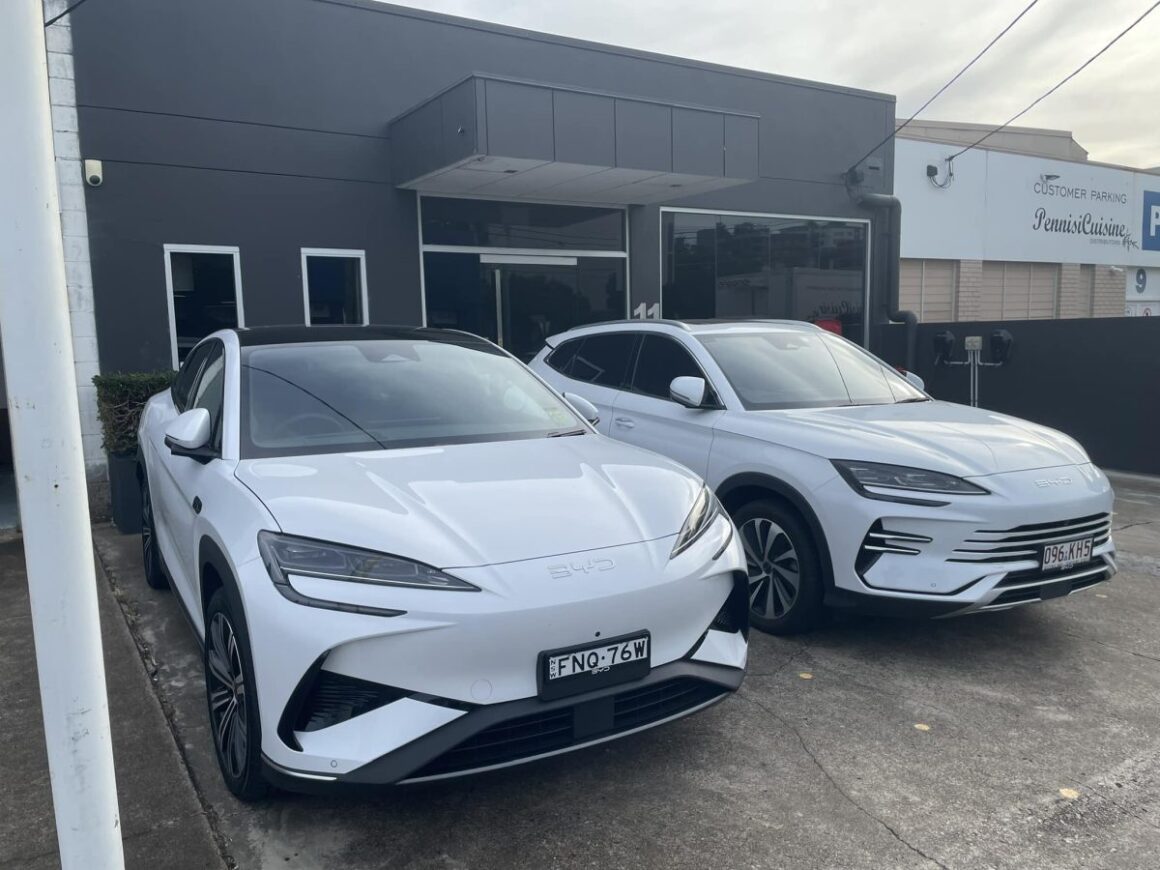
This powertrain setup will allow for a 0-100 km/h acceleration time of 4.5 seconds while delivering a lower 456 km WLTP range. It also can reach a top speed of 215 km/h, which exceeds BYD Seal, its sedan counterpart, which is capped at 180 km/h.
Powering the Sealion 7 is likely the 82.5 kWh BYD blade battery pack spotted in other markets like Thailand and Malaysia. It can be charged at speeds of up to 150 kW on the correct DC charger, while 11 kW AC is on offer for three-phase charging.
For those wanting more from the car’s battery, the Sealion 7 will also feature vehicle load (V2L) capabilities, allowing drivers to use the battery to power other appliances.
Local specifications and the pricing are yet to be revealed but it’s expected to start at under $60,000 but in the current market, it’d need to be closer to $55,000 to garner large volumes. We expect the Sealion 7 to be launched this month with deliveries likely in the second quarter of 2025.
Kia EV3
Kia has hit the ground running in 2025 with its EV5 electric SUV, which was in the top 5 best-sellers in January 2025. In the same month, the company held multiple activations around the Australian Open tennis competition, which it has sponsored for many years. One of these was the upcoming smaller electric SUV from the brand, the EV3.
This will be the brand’s smallest electric SUV yet and takes styling inspiration from the biggest car the brand sells in Australia, the EV9, which we road-tested last year.
As with many of Kia’s models, the EV3 is packed with features. It is aimed at those looking for a smaller city electric car with a unique styling appeal.
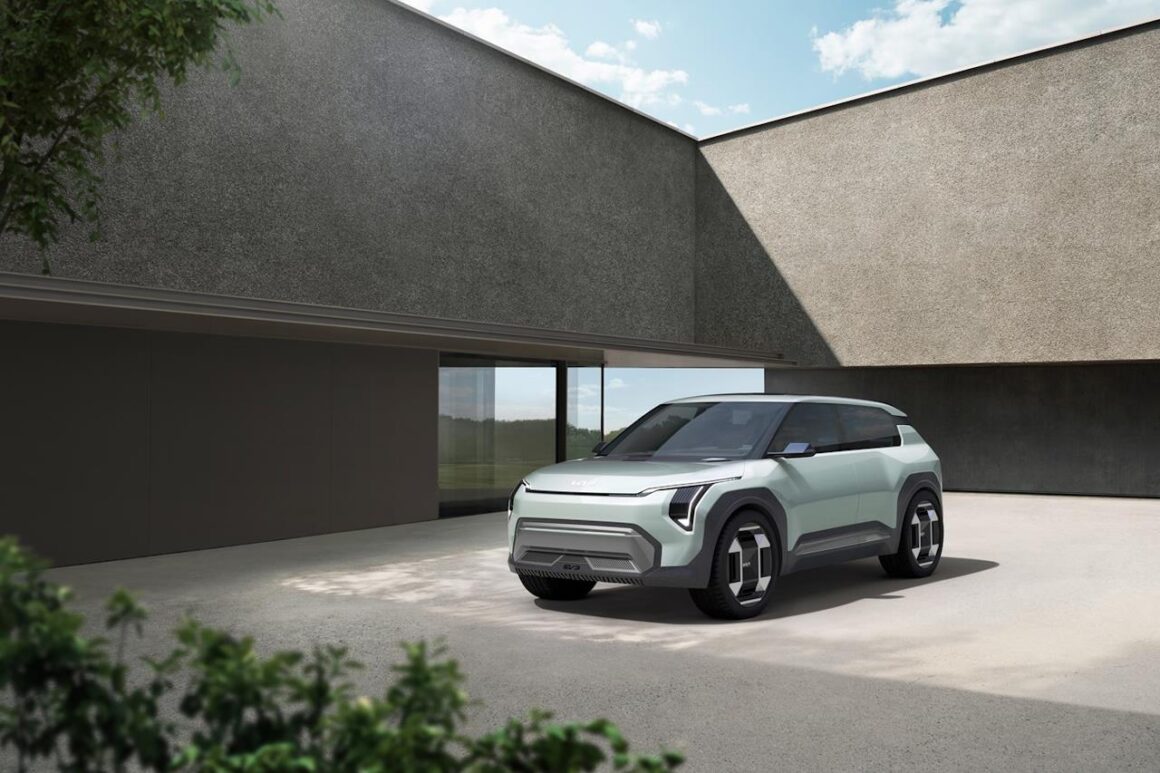
Packed with safety features and the largest boot in its class with 460 litres available, it will be a small practical SUV for families in the Kia line up.
Looking at the early specs released in Europe, the EV3 will come in two battery packs. There is a 58.3 kWh pack in the base Air variant while the top-grade GT-Line variants get a bigger 81.4 kWh pack.
This Air variant has a WLTP range of around 430 km while the bigger battery can deliver up to 600 km on a single charge.
At an online event in 2024, the EV3 was hinted by the company to start at under $55,000. Since then, Kia has launched other models like the EV5 which is priced a lot closer to that. This could mean that the EV3 could fall under $50,000 when it lands in the first half of the year.
LDV e-Terron
Australia has an affinity with utes and we are starting to see some compelling electric ute offerings heading our way. One of these in 2025 is the LDV e-Terron which was unveiled at a trade show in Melbourne during Q3 of 2024.
It offers up to 430 km of electric range with a large 102 kWh battery to power the ute and when not driving, to power electrical tools on site.
Speaking of the battery, charging specs were also not publicly shared, but it’s expected to have fast charging speeds of up to 115 kW, helping it charge from 20-80% in around 40 minutes.
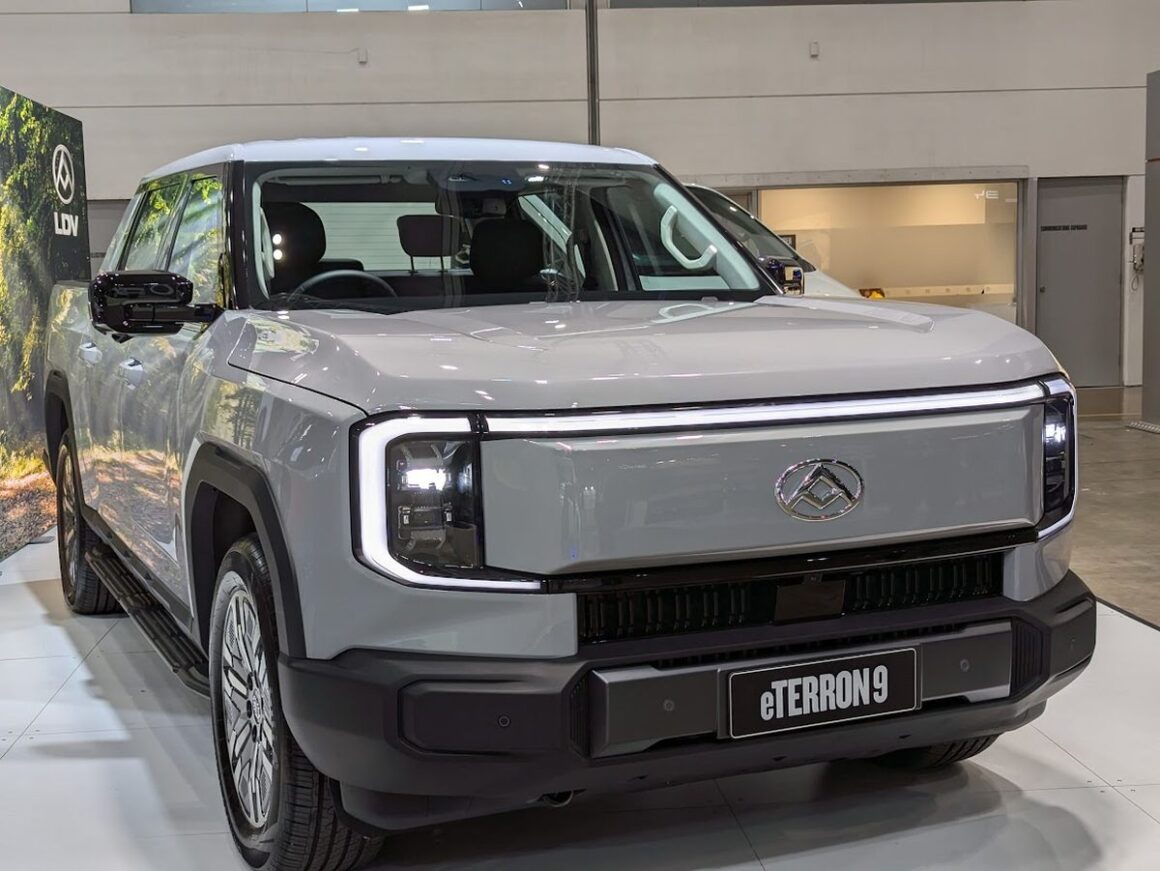
It also offers up to 3.5 tonnes of towing and includes a fairly standard interior that could be welcomed by many drivers.
According to the noted specs, in the dual-motor AWD variant, the eTerron 9 can pack up to 325 kW of power, thanks to a 200 kW rear motor and 125 kW front motor. This powertrain setup can propel the eTerron from 0-100 km/h in around 5.8 seconds.
On the pricing front, it’s not clear how it will be priced but we expect it to be under $90,000 to make the most of the FBT exemption and leasing incentives available for electric vehicles. The e-Terron is also expected to launch in the first half of 2025.
Plenty more to come
With many of the models listed arriving in the first half of 2025, it’s only to going to ramp up as the year progresses for more EVs to enter our market.
If the end of 2024 was anything to go by, then the second half of 2025 will have a far greater number of launches, increasing competition, which can only be a good thing for EV adoption.

Riz is the founder of carloop based in Melbourne, specialising in Australian EV data, insight reports and trends. He is a mechanical engineer who spent the first 7 years of his career building transport infrastructure before starting carloop. He has a passion for cars, particularly EVs and wants to help reduce transport emissions in Australia. He currently drives a red Tesla Model 3.

